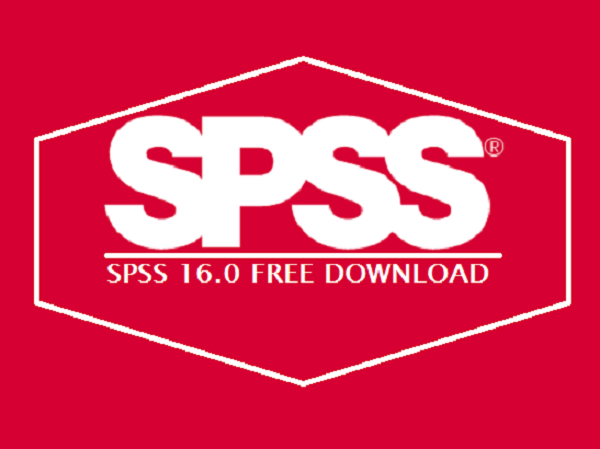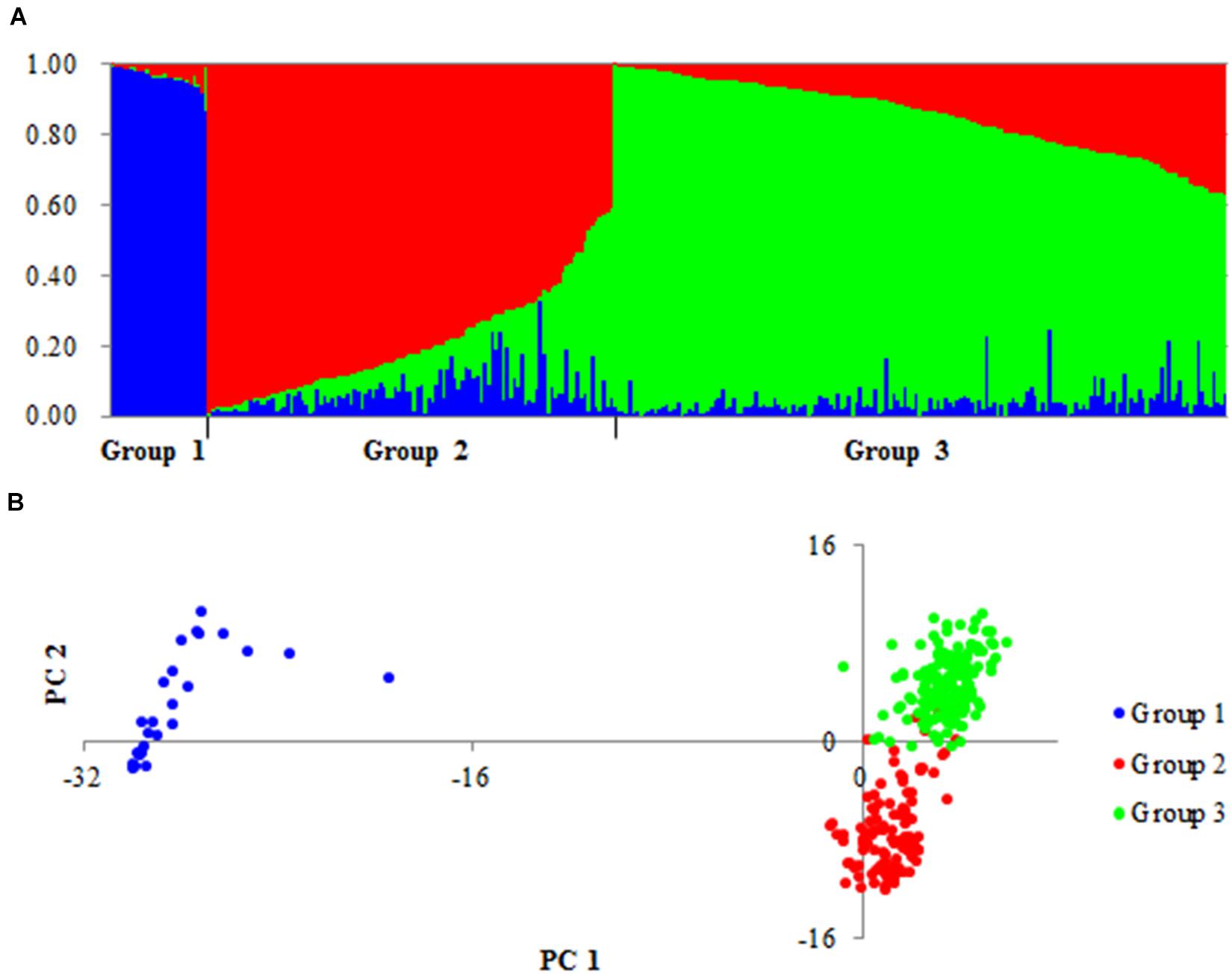

Only one mutant allele, ACC (T), was found at codon 1532, with a frequency of 6.4% in ten field populations. The overall frequency of mutant allele F1534 was 45.6%.
RAL IN TIME AND PEARSON CORRELATION WITH SPSS 16.0 SOFTWARE SOFTWARE
The correlation between AAT of the collection site and the kdr mutation rate was analyzed by Pearson correlation using SPSS software version 21.0. Data of annual average temperatures (AAT) of the collection sites were acquired from the national database. Using TCS software version 1.21A, we constructed haplotypes of the VGSC gene network and calculated outgroup probability of the haplotypes. A fragment of approximately 350 bp from part of the S6 segment in the VGSC gene domain III was amplified and sequenced. albopictus were collected from 18 sites in China from 2017 to 2019 and 50 individuals from three sites in the 1990s. albopictus based on analysis of the kdr mutations in field populations of mosquitoes in China. In this study we explored the characteristics and possible evolutionary trend of kdr mutation in Ae. Knockdown resistance ( kdr) caused by point mutations in the voltage-gated sodium channel ( VGSC) gene is a key mechanism that confers resistance to pyrethroids. Insecticides are an important control method, especially during outbreaks of dengue fever, but increasing insecticide resistance raises the risk of failure to control vector-borne diseases.

This mosquito species has a wide distribution range in China and can be found in the tropical climate zones of southern provinces through to temperate climate zones of northern provinces. Submitted comments are subject to editing and editor review prior to posting.Aedes albopictus is the primary vector of dengue fever in China.Read any comments already posted on the article prior to submission. Submit only on articles published within 6 months of issue date.(Exception: original author replies can include all original authors of the article) Submissions should not have more than 5 authors.Reference 1 must be the article on which you are commenting. Submissions must be You (and co-authors) do not need to fill out forms or check disclosures as author forms are still valid If you are responding to a comment that was written about an article you originally authored: Your co-authors must send a completed Publishing Agreement Form to Neurology Staff (not necessary for the lead/corresponding author as the form below will suffice) before you upload your comment. You must have updated your disclosures within six months: If you are uploading a letter concerning an article: With a scan time of 3.31 minutes and immediate off-line analysis lasting a few minutes only, TSE-T2 relaxometry is easy to integrate in the routine diagnostic assessment of hippocampal morphology in large numbers of patients. The gradient was also absent contralaterally to HS, although surgical outcome was excellent.Ĭonclusions: Hippocampal dual-echo TSE-relaxometry can be regarded a reliable technique to detect and quantify HS. In patients with unilateral HS, this gradient was absent. Regional HRT of control subjects revealed significantly higher values in the anterior than posterior hippocampus. Rapid HRT was concordant with hippocampal volumetry in 10 of 12 patients. Mean HRT was prolonged ipsilaterally in all patients with excellent postoperative seizure outcome and bilaterally prolonged or normal in patients with poorer outcome. Diagnoses based on rapid relaxometry concurred fully with results of visual inspection. HRT showed a strong correlation with ND in CA1 ( p < 0.02) and CA3 ( p < 0.05). Results: Rapid HRT differentiated patients from control subjects all cases of hippocampal sclerosis (HS n = 10) were correctly diagnosed. HRT was related to neuropathology findings in hippocampal specimens including neuronal cell density (ND), results of visual analysis of MR images, clinical outcome after epilepsy surgery, and hippocampal volumetry. Methods: Hippocampal T2 relaxation time (HRT) was determined by a TSE sequence on three to four consecutive coronal images in 16 control subjects and 12 patients with mesial temporal lobe epilepsy.

Objective: To test the clinical usefulness and reliability of a new dual-echo turbo-spin-echo (TSE) sequence for rapid and regional hippocampal T2 relaxometry.


 0 kommentar(er)
0 kommentar(er)
